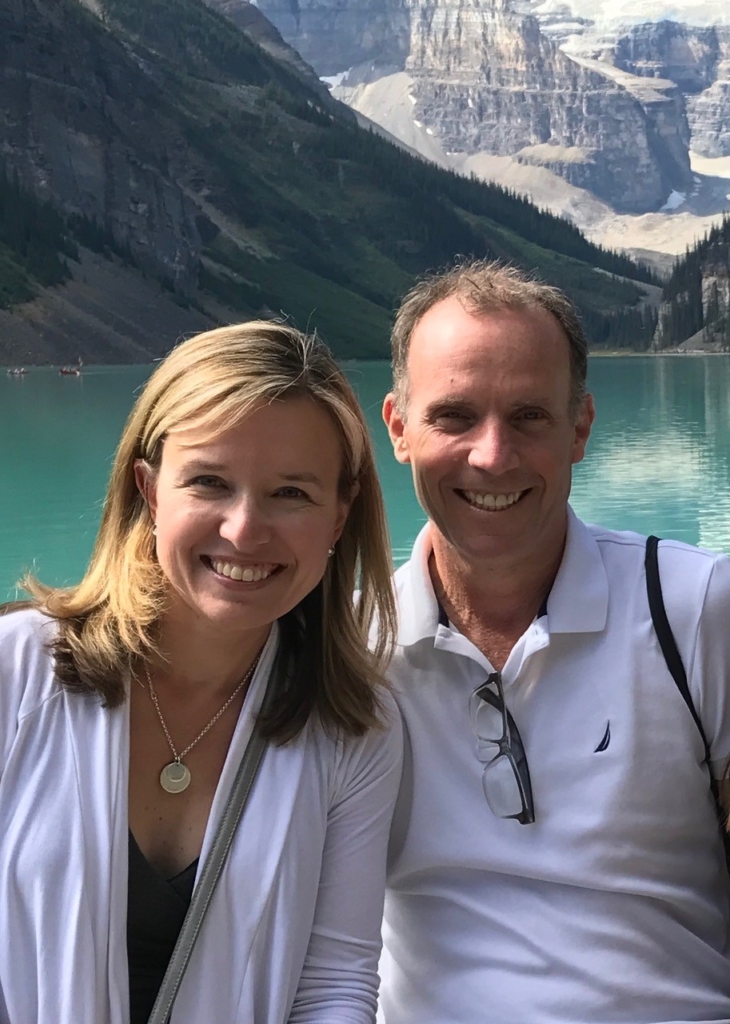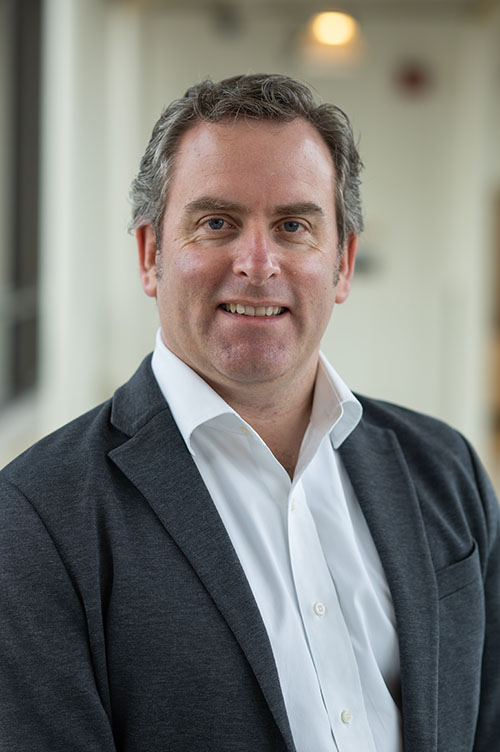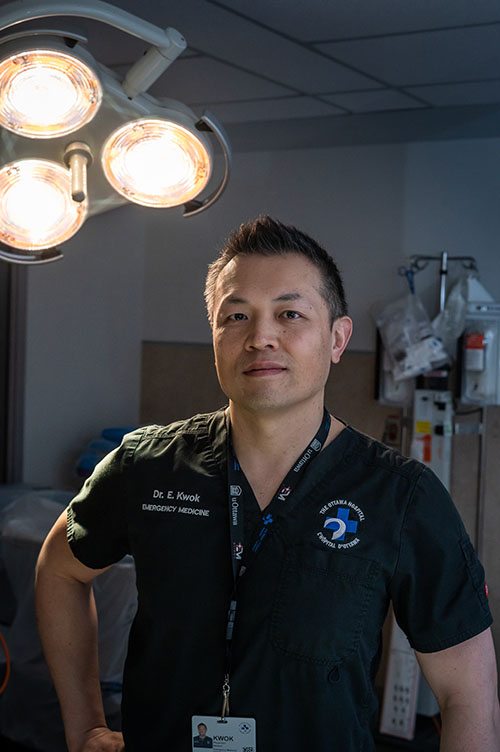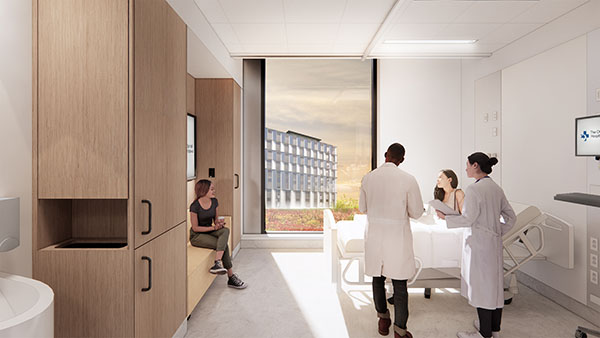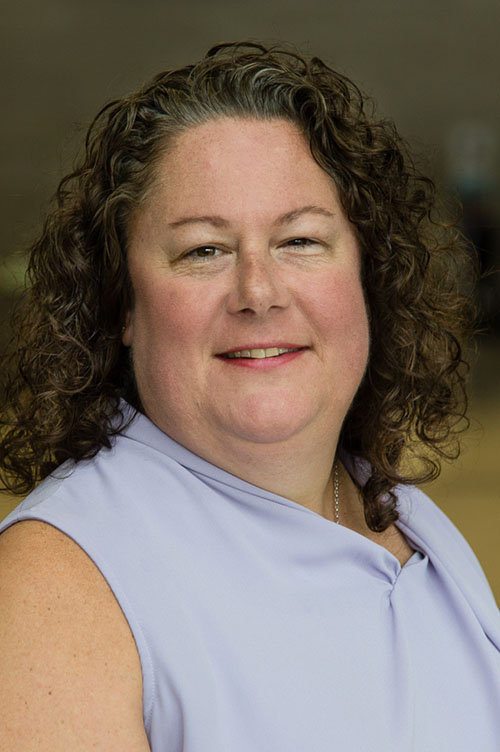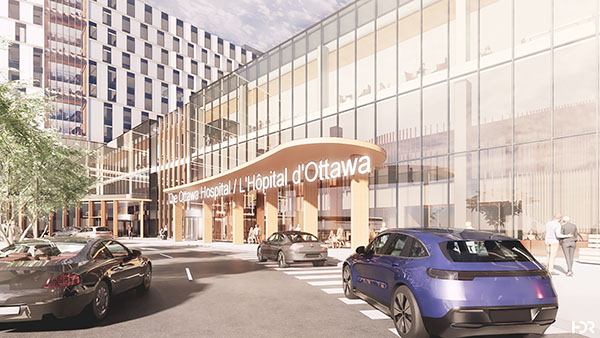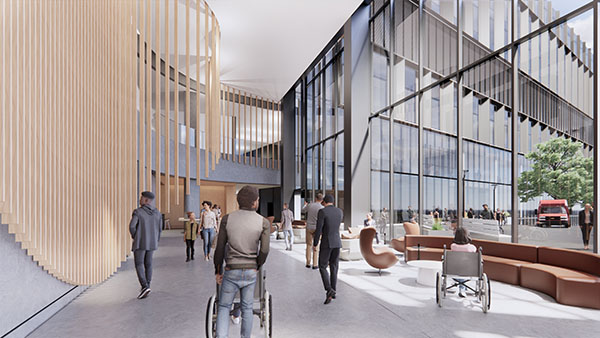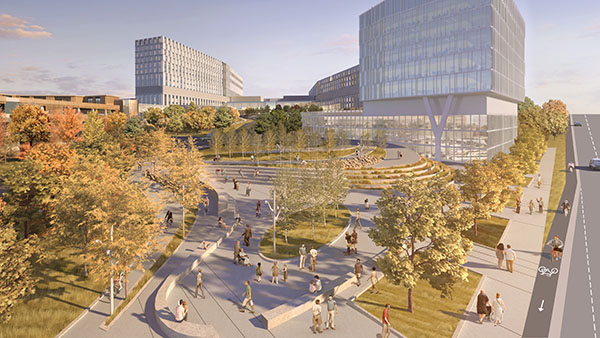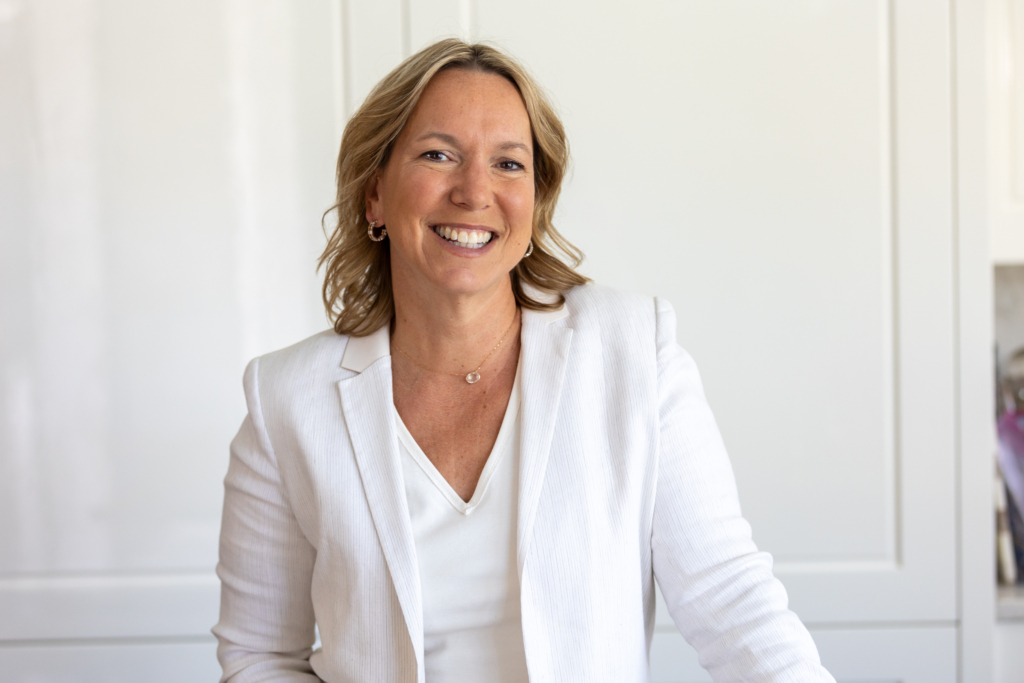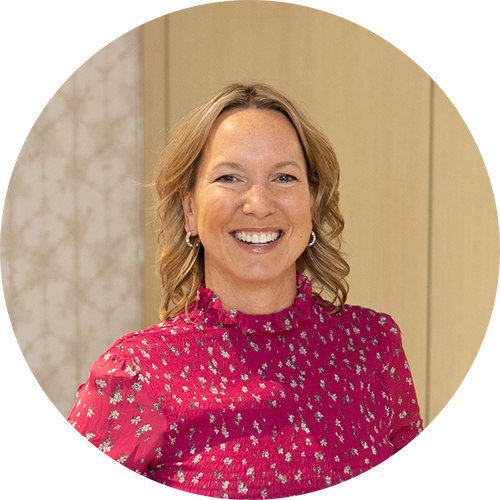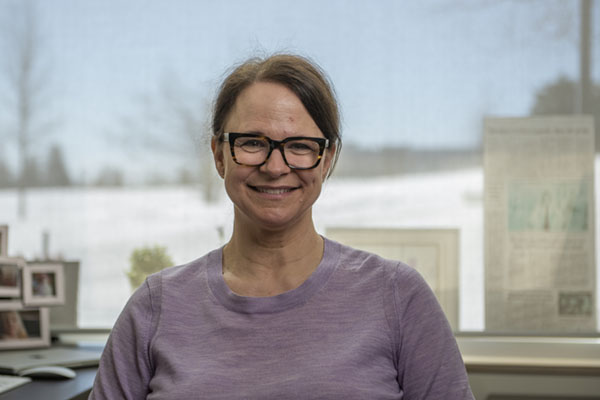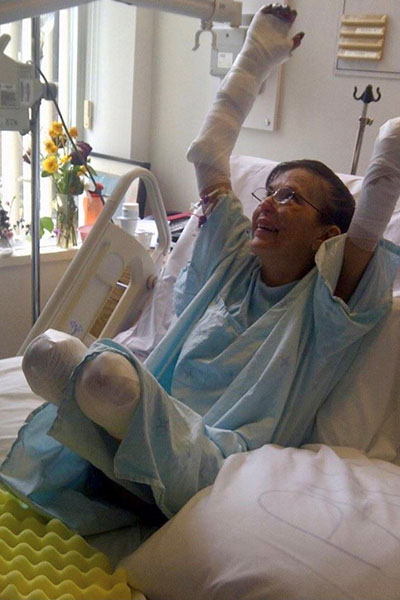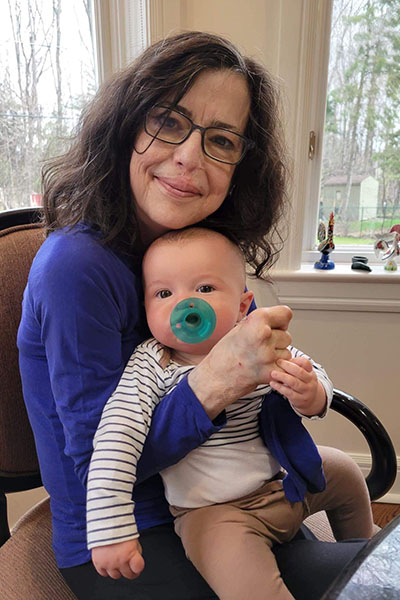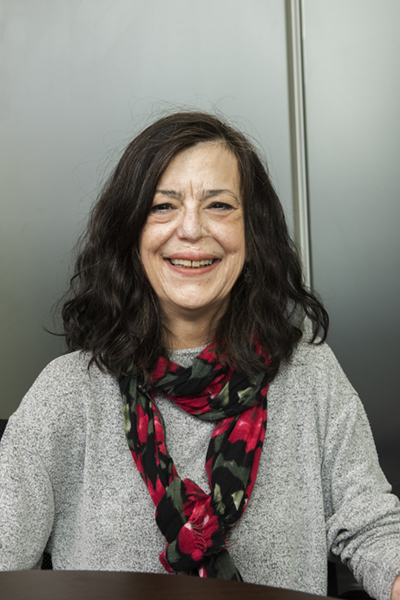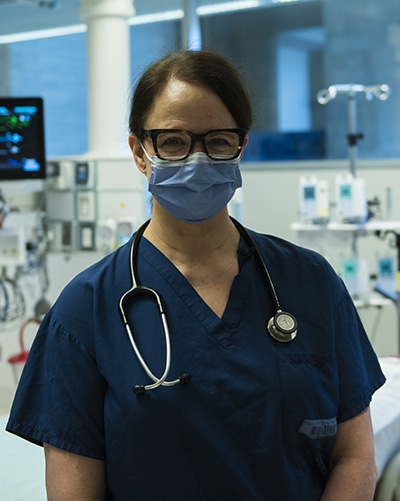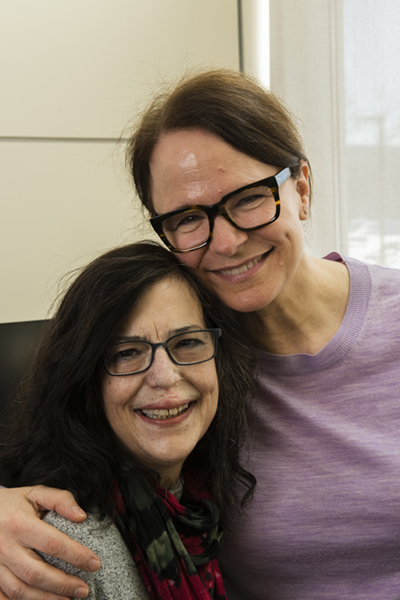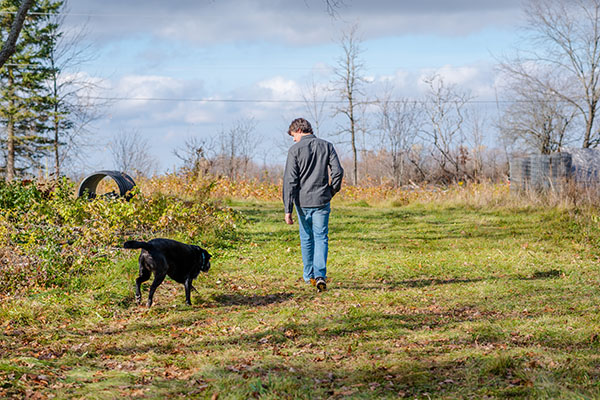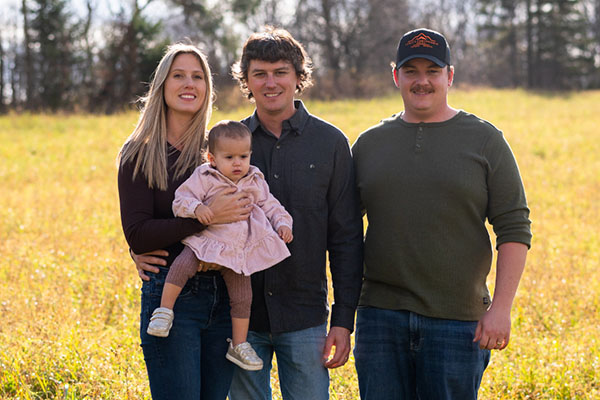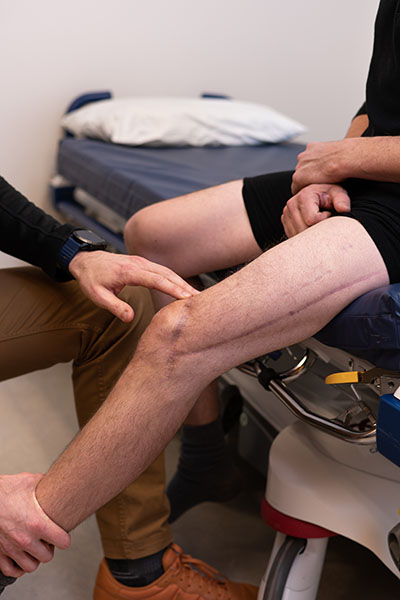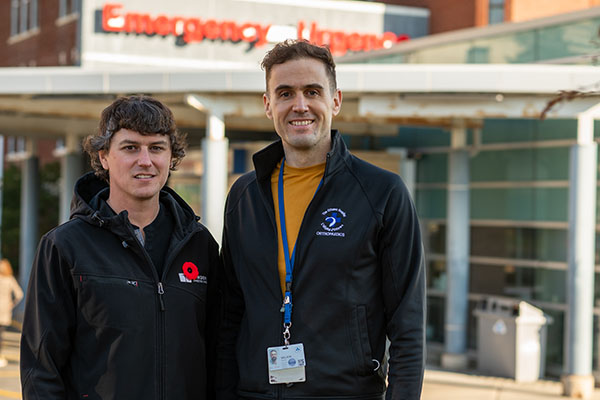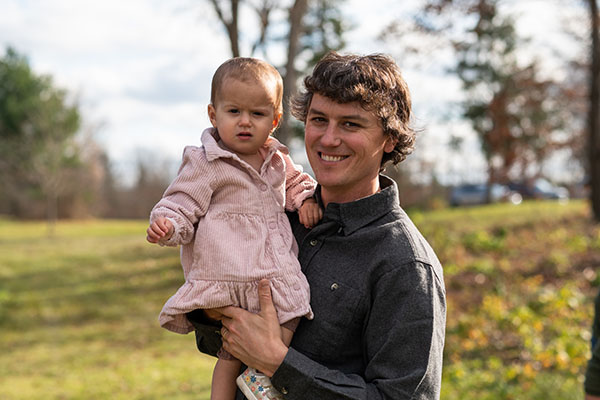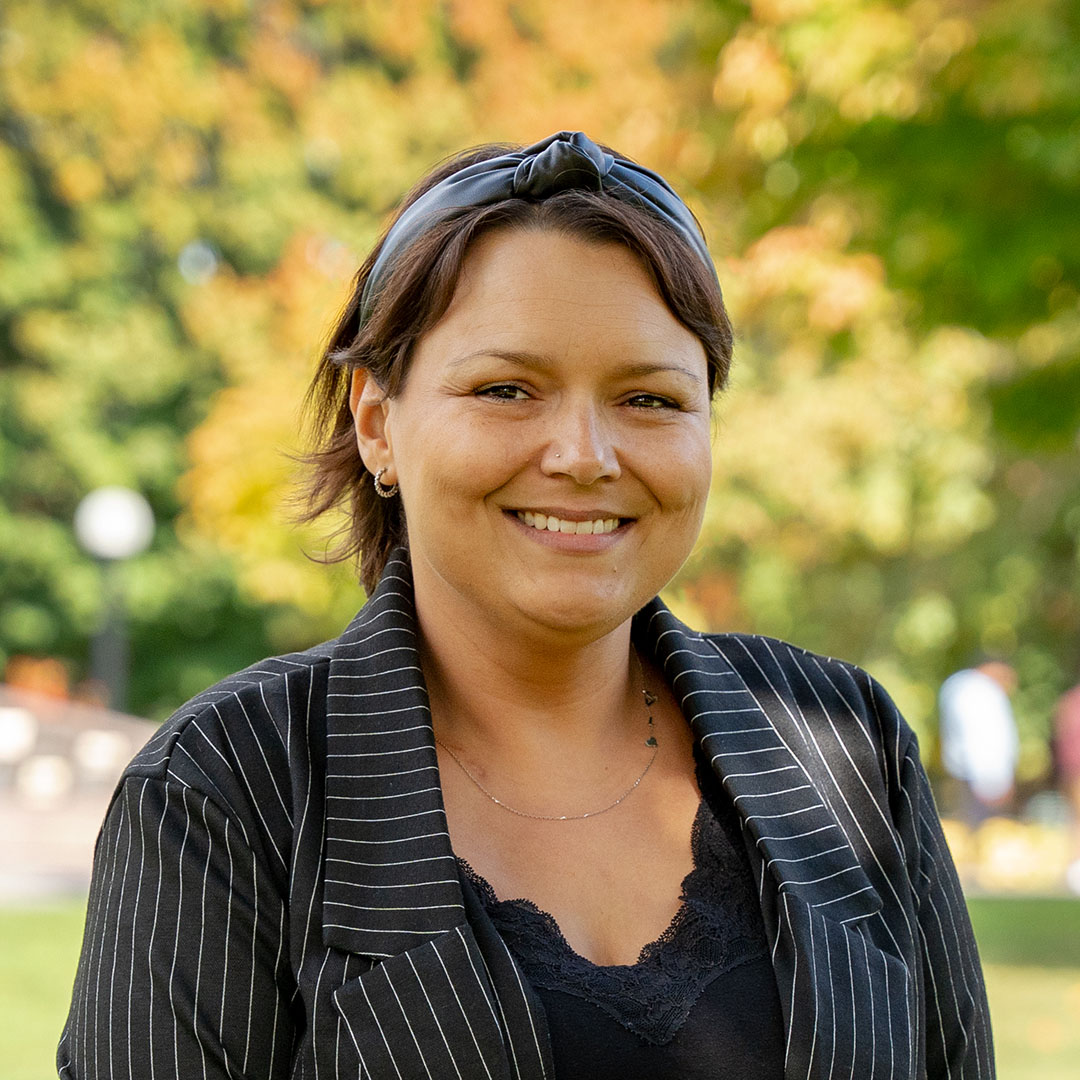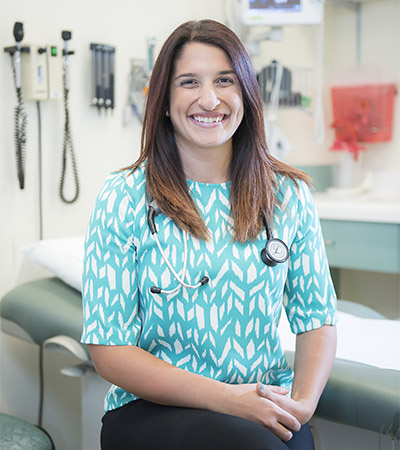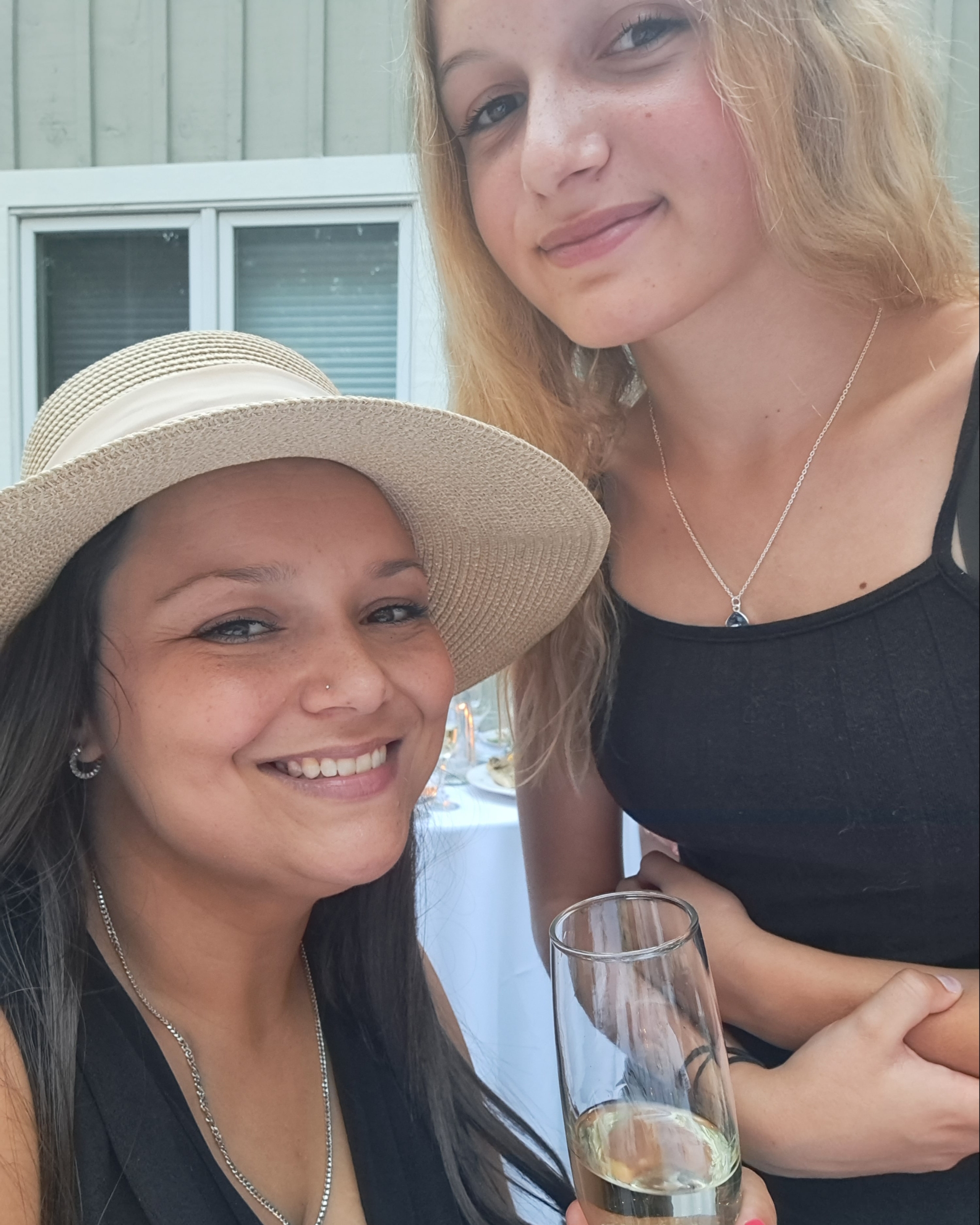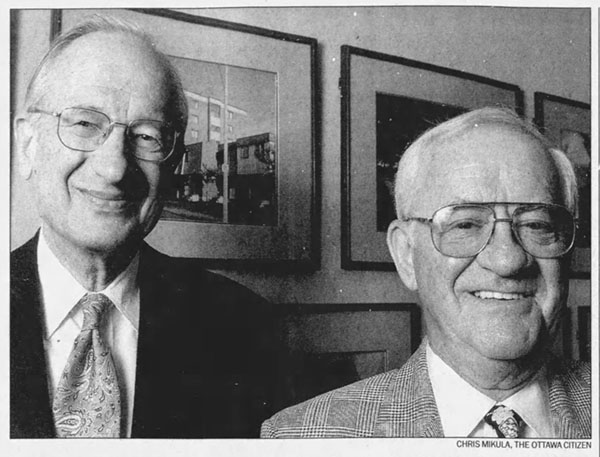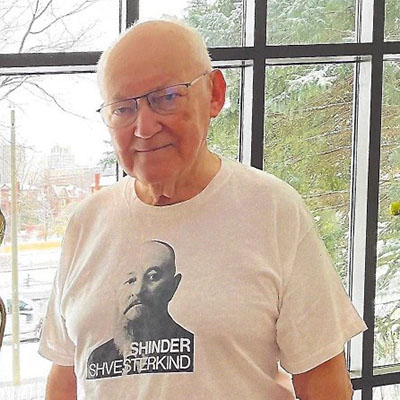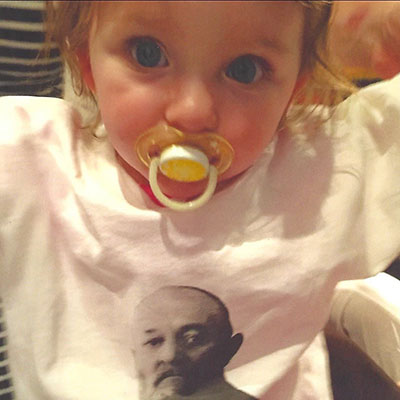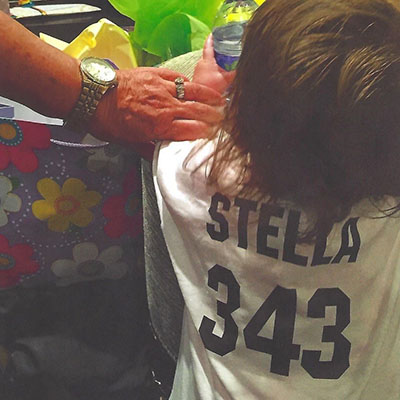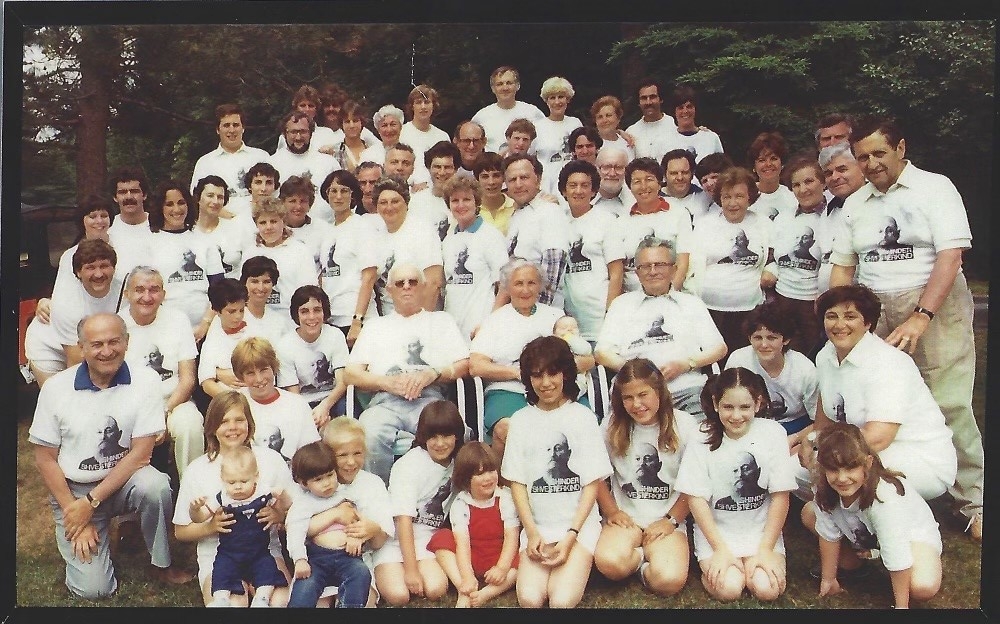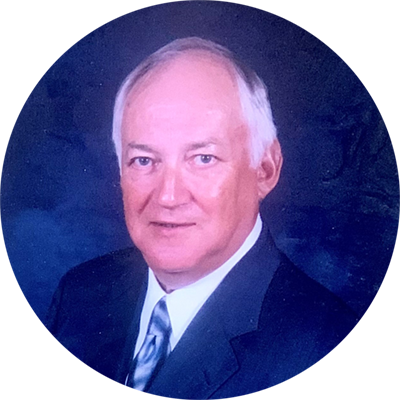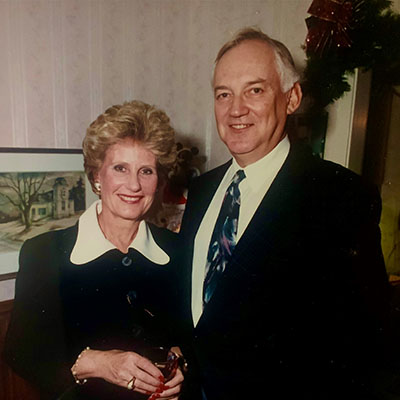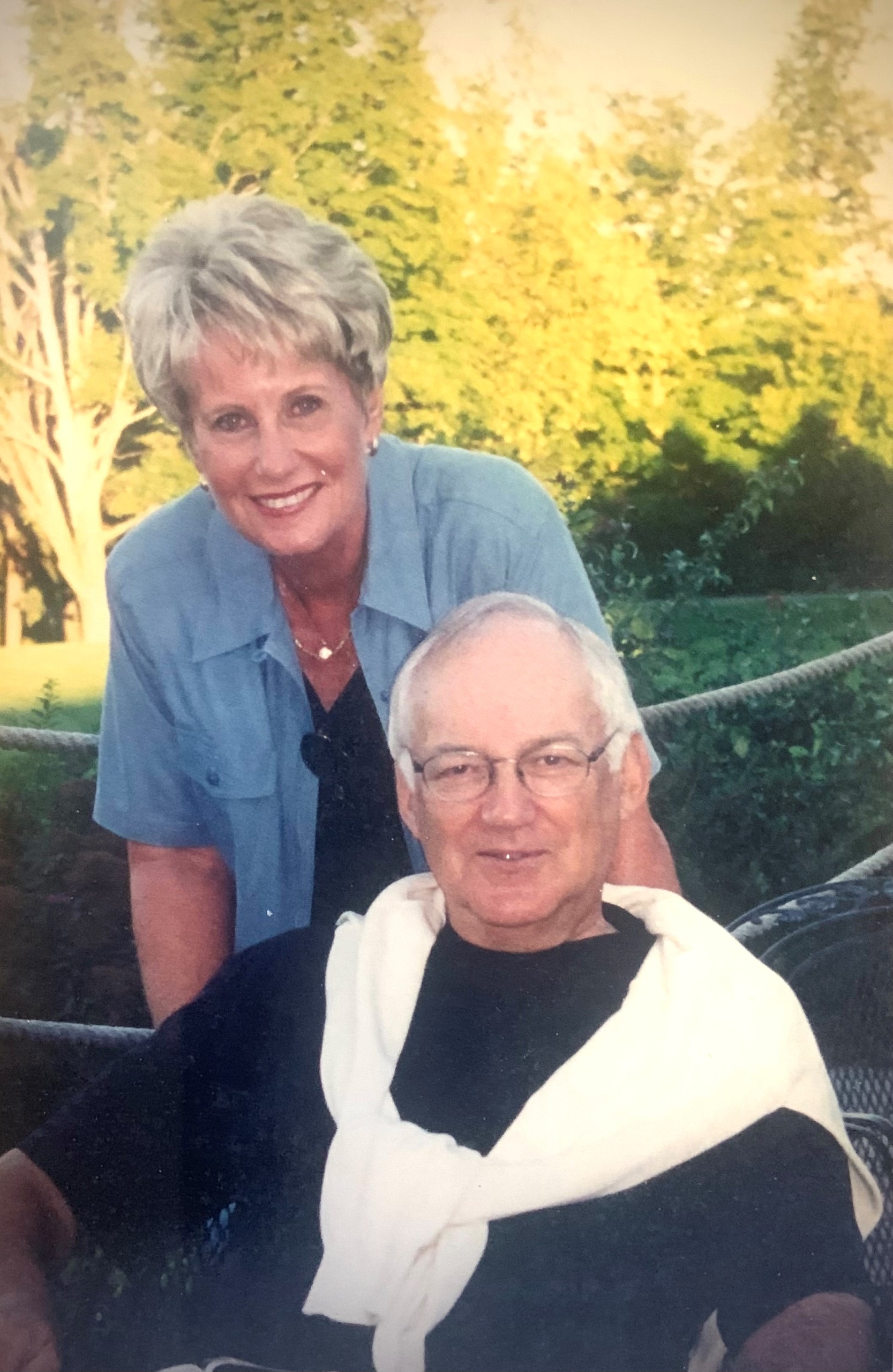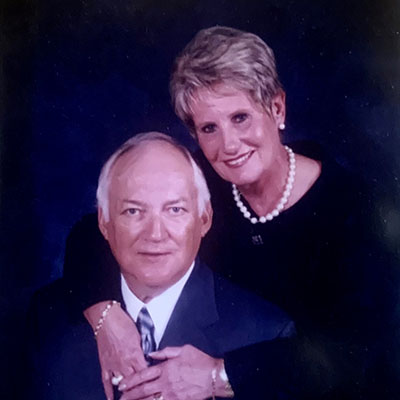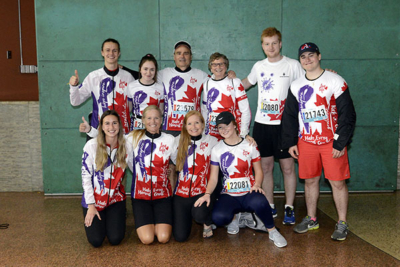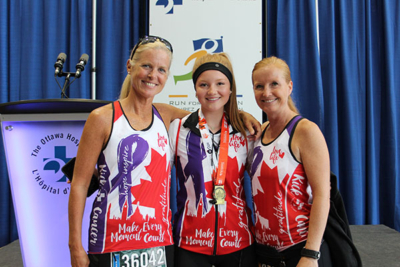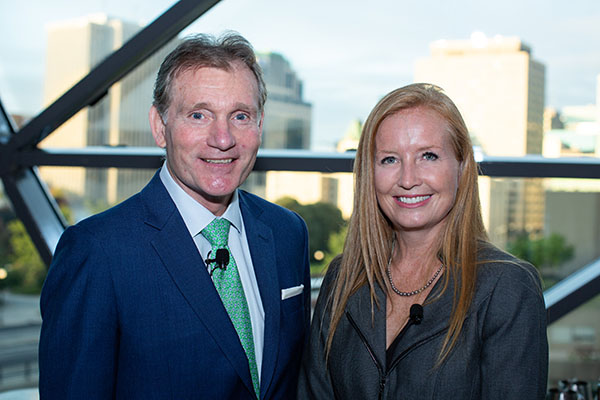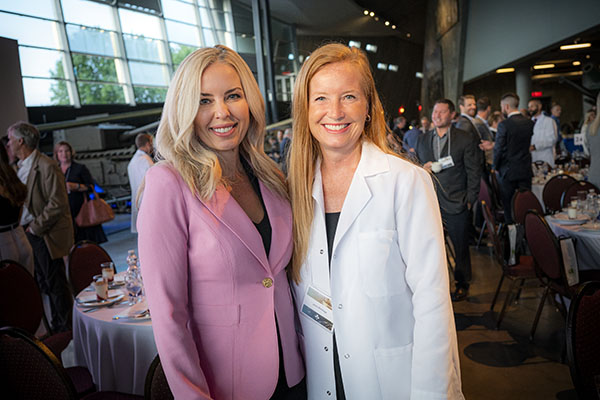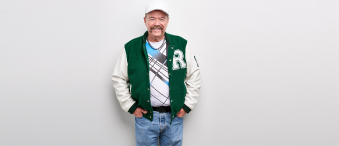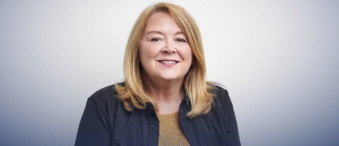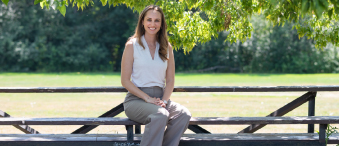Katie Lafferty and Scott Watson are two people deeply invested in healthcare — they have immersed their lives in it.
Katie has been an integral part of The Ottawa Hospital, as the former chair of the Ottawa Hospital Research Institute, and she served as a board member for ten years. She’s also a Founding Executive Member of the executive team for the Campaign to Create Tomorrow.
For 23 years, Katie has dedicated her professional life to the field of stroke. Today, she’s the Chief Executive Officer of the Heart and Stroke Foundation Canadian Partnership for Stroke Recovery, a national organization focused on collaborative research, training, and knowledge translation in stroke recovery. Her connection to the illness took a personal turn when a loved one suffered a stroke.
“My grandmother was a doctor, a cardiologist, and an internist,” explains Katie. “She had a stroke back in the 90s, before the drug TPA was available. So, she knew everything that was happening to her, but there wasn’t an answer to it. She gradually degenerated after that, but she was cared for at The Ottawa Hospital.”
In early 2000, Scott, originally from Alberta, moved to Ottawa, and that’s where this couple’s love story began. He initially worked at the Ottawa Life Sciences Council, but by 2006, Scott and Katie opened Watson’s Pharmacy on Main Street — now a staple in the community. By 2012, they opened a second store on Wellington St. West. “We can see the importance of investing in that business, and we also can see the importance of investing in a hospital,” explains Scott. “I know so many people that work at the hospital, and I see so many patients that come out of the hospital who are happy with the care they’ve gotten. We just wanted to be part of that, especially in this new build.”
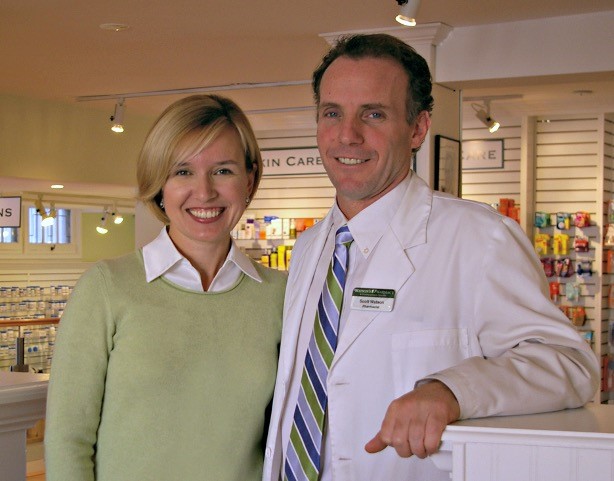
“I know so many people that work at the hospital, and I see so many patients that come out of the hospital who are happy with the care they’ve gotten. We just wanted to be part of that, especially in this new build.”
– Scott Watson
Their largest philanthropic gift ever
Together, Katie and Scott made their largest philanthropic gift ever when they supported the Campaign to Create Tomorrow. While their $50,000 donation was larger than anything they’ve considered before, it was the importance of this particular project and the impact it would have on the community that influenced their decision in the end.
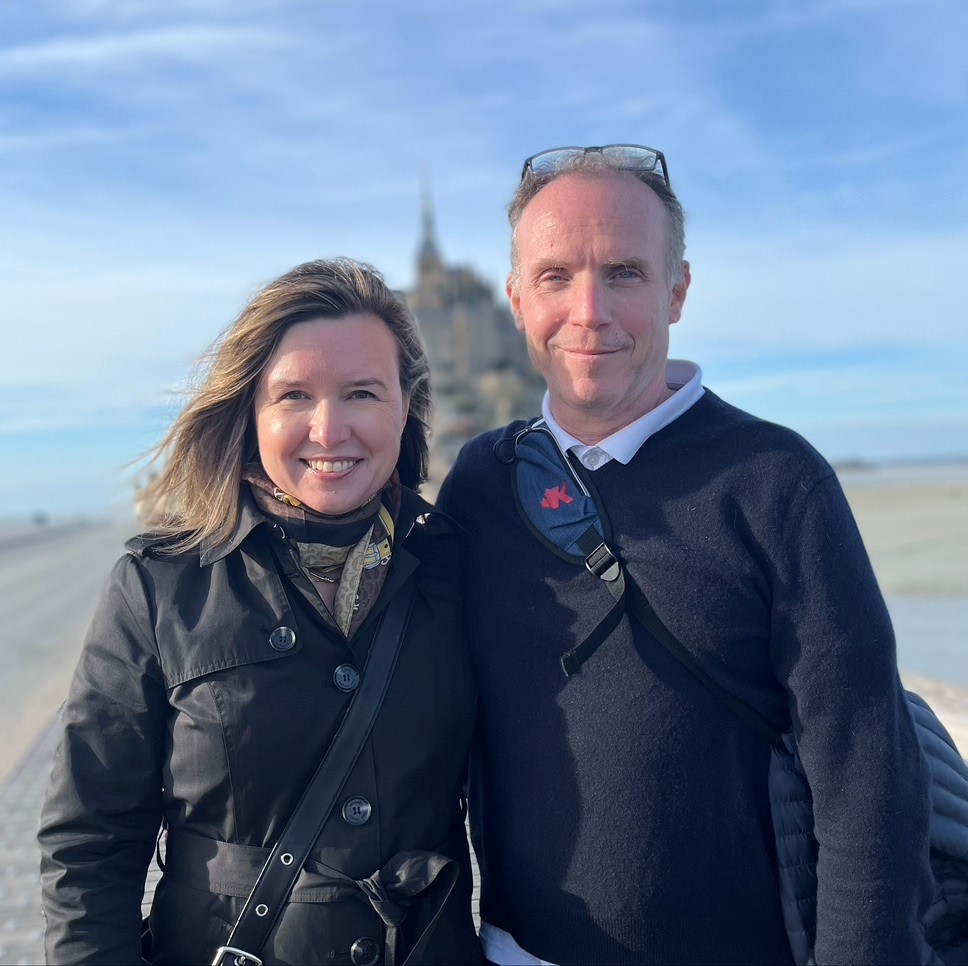
“I think we probably also wanted to set an example, because we know there are a lot of other people in the community, like us, who have good jobs. We’re fortunate to have the means to help. We wanted to lead and show it’s possible.”
– Katie Lafferty
“The scale of this one was different, for sure, but we didn’t hesitate,” says Katie. “I think we probably also wanted to set an example, because we know there are a lot of other people in the community, like us, who have good jobs. We’re fortunate to have the means to help. We wanted to lead and show it’s possible,” says Katie.
Their personal connection to the hospital was also a contributing factor to their generous support. Both of their children were born at the Civic Campus. “Those were the happiest days of our lives. A lot of people associate hospitals with being sick and that’s true. But for us, those joyous moments far outshine anything else,” shares Katie.
“It’s not just investing in yourself; you’re investing in the future of Ottawa.”
– Scott Watson
When it comes to once-in-a-generation opportunity, Scott says sometimes you just must take the plunge and think about the future. “We are all probably going to need the hospital someday. And if we can all help that realization of a new hospital, I think it’s not going to just benefit us, it’s also going to benefit our community. So go for it. Just think about the future. It’s not just investing in yourself; you’re investing in the future of Ottawa.”
Katie concurs, adding it will take our entire community to make this a reality. “What we must do as a community is rally and support this campaign because we’re getting there, but there’s a long way to go still. And people shouldn’t sit back and say somebody else is going to look after this for us. We need to look after this ourselves and make this a reality for our community. We’ve got to be proactive. Don’t wait.”
